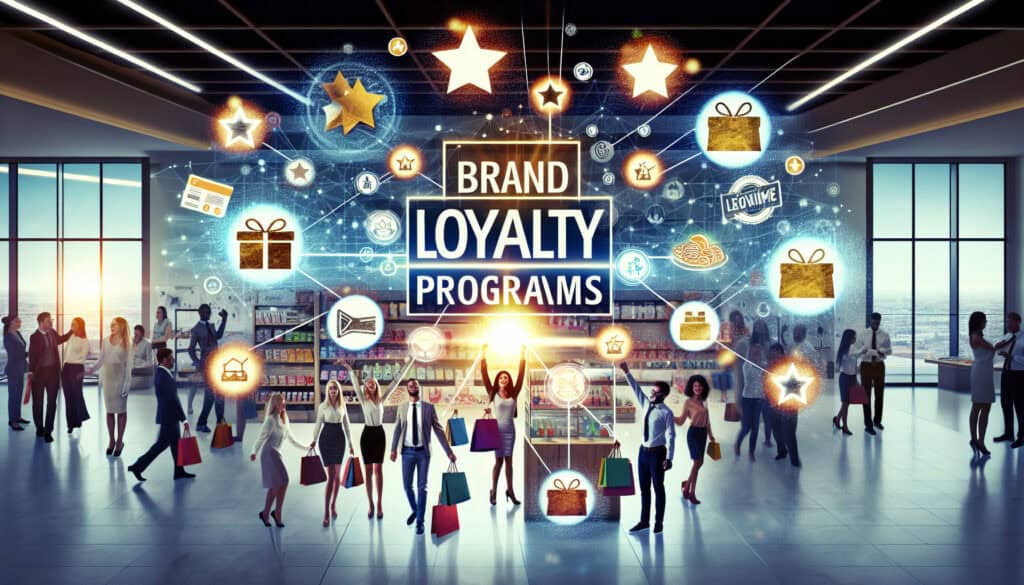Marketing programs designed to reward and therefore retain a company’s customers.
- Methodologies: Engineering, Quality
Brand Loyalty Programs

Brand Loyalty Programs
- Brand Positioning, Branding Strategies, Customer Experience, Customer Journey Mapping, Marketing, Marketing Strategy, Product Differentiation, Product Management, Value Proposition
Objective:
How it’s used:
- These programs offer customers incentives such as points, discounts, exclusive access, or other perks for making repeat purchases, thereby encouraging continued business.
Pros
- Increases customer retention and lifetime value, encourages repeat purchases, and provides valuable data on customer behavior.
Cons
- Can be expensive to operate and maintain, may attract customers focused on discounts rather than genuine brand loyalty, and can be easily imitated by competitors.
Categories:
- Customers & Marketing
Best for:
- Encouraging repeat business and increasing customer lifetime value in competitive retail or service environments.
Brand loyalty programs are widely implemented in industries such as retail, hospitality, and e-commerce, where repeat purchases significantly impact profitability. These programs typically involve phases that begin during the customer onboarding process, where businesses create awareness about the benefits of joining the loyalty initiative. Participants include marketing teams, customer service representatives, and data analysts who collaborate to design and promote the program, ensuring it meets customer needs while aligning with business objectives. Effective loyalty programs often rely on technology platforms to track customer transactions and behavior, enabling businesses to personalize offers and promotions, thereby enhancing engagement. Applications can involve tiered rewards systems, where customers unlock greater benefits based on their spending levels, or birthday discounts that provide a personal touch, making customers feel valued. Additionally, brands can utilize insights gathered from loyalty programs to refine their product offerings and marketing strategies, as they obtain a deeper understanding of purchasing patterns and preferences. Establishing partnerships with other businesses can also extend the benefits of loyalty programs, giving customers access to a wider range of rewards and adding value to their overall experience. With an increasing focus on customer experience, companies that effectively execute loyalty programs can differentiate themselves in competitive markets and build a strong community around their brand.
Key steps of this methodology
- Define the target audience for the loyalty program based on purchasing behavior.
- Select incentives that align with customer preferences and business objectives.
- Design a tiered reward structure to motivate increased spending and engagement.
- Implement a user-friendly system for tracking points and rewards.
- Integrate the loyalty program across all customer touchpoints for consistency.
- Launch marketing campaigns to promote the program and educate customers.
- Monitor customer engagement and adjust the program based on feedback and performance.
- Utilize segmentation to personalize rewards and communications for different customer groups.
- Periodically refresh incentives to maintain interest and relevance in the program.
- Assess the impact of the program on sales and customer retention regularly.
Pro Tips
- Utilize advanced data analytics to segment customer behavior and optimize reward structures tailored to different purchasing habits.
- Create tiered loyalty programs that unlock greater rewards based on customer engagement levels, incentivizing increased spending and frequency of purchases.
- Integrate loyalty programs seamlessly with digital platforms to enhance user experience and encourage participation through gamification and social sharing features.
To read and compare several methodologies, we recommend the
> Extensive Methodologies Repository <
together with the 400+ other methodologies.
Your comments on this methodology or additional info are welcome on the comment section below ↓ , so as any engineering-related ideas or links.
Historical Context
1960
1980
1983
1990
1995
2000
2010
1950
1980
1980
1986
1994
1995
2000
(if date is unknown or not relevant, e.g. "fluid mechanics", a rounded estimation of its notable emergence is provided)














Related Posts
Manufacturing Operations Management (MOM)
Manufacturing Execution System (MES)
Manufacturing Control Plan
Manual Testing
Manual Handling Assessment Charts (MAC)
ManTRA (Manual Tasks Risk Assessment Tool)